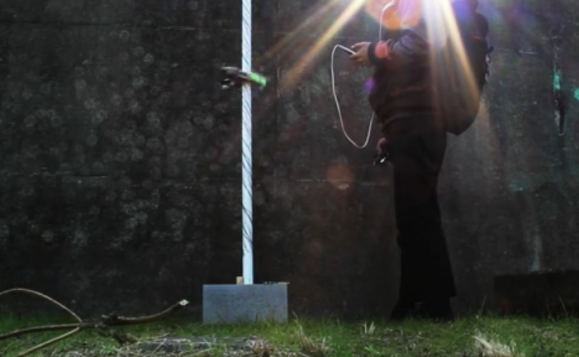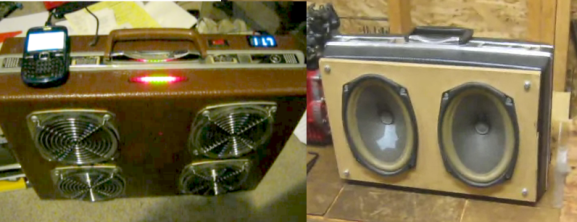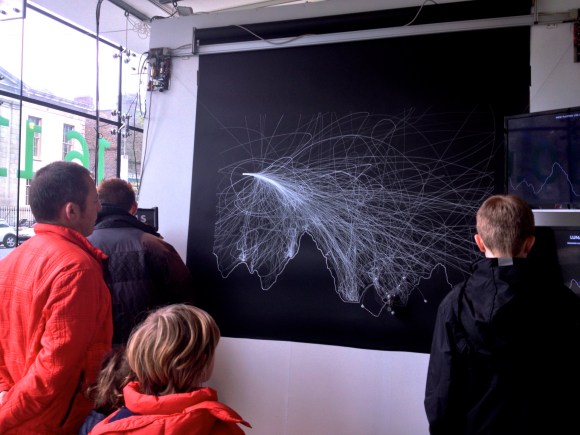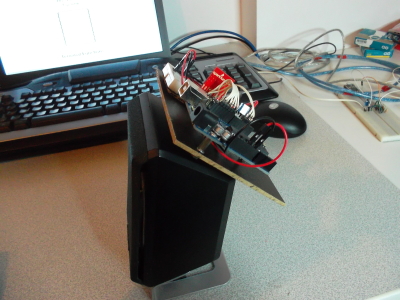
Here’s a hack with more of a survivalist flair to it. [Ligament] and some friends used the fat from butchering a deer to make soap, candles, and toiletries.
It’s hunting season and [Ligament’s] dad is processing the deer which he harvested. Wild game doesn’t have the amount of fat you’d find on a domesticated animal, but there is still a fair amount. The group cut off as much as they could before cutting up the rest of the meat. The trimmings are put in a pot with water and boiled until the fat starts to rise. It is ladled off and strained through some cheese cloth. The fat hardens overnight and can be picked up out of the container as a big disk. It is reheated and strained through a mesh coffee filter to achieve the final product. From there the fat was used as an ingredient in the recipes for candles, soap, and things like lip balm. For details on that heck out the comments for each image in the gallery linked above.
It’s a good thing to waste as little as possible. But this skill will be indispensable once the Zombie Apocalypse comes. You might also want to know how to chlorinate your own water.
[via Reddit]

















